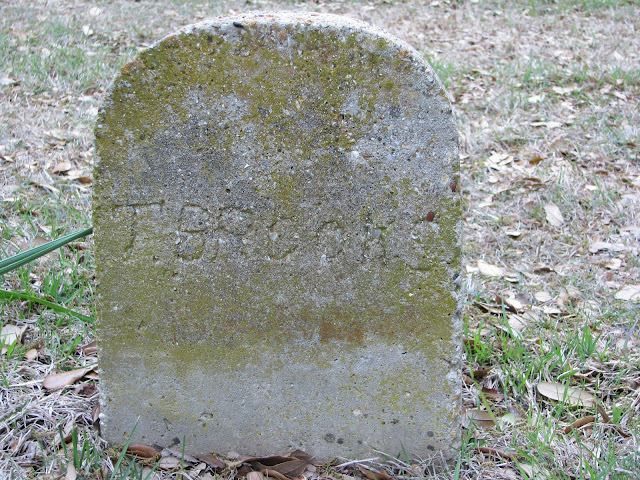Last year, I became aware of the Frankford Prairie and the old Frankford Church. Although it looks like it might be somewhere away from the big city, it is tucked in the middle of a neighborhood in far north Dallas, less than a mile from the busy Dallas North Tollway and about 10 minutes from my house.
I first visited the Frankford Prairie on my own on 4-6-18 and then again on 4-14-18 when the prairie and church were open to the public for a guided tour. The photos below are some of my better shots from both days. See the end of this post for a link to information about the next tour of the prairie and church.


According to the Frankford Preservation Foundation website, landscape architect Rosa Finsley came to the site in 2009 to discuss creating a native landscape around the church, which was undergoing restoration. She noticed native species in the fields around the church and eventually convinced the caretakers to stop mowing to see what would come up. They stopped mowing and were amazed at the number of native species that emerged from the soil. Although the land around the church was mowed, it is believed it was never plowed for farming because the limestone bedrock is too close to the surface. As a result, the native species were suppressed, but not destroyed.


This portion of the prairie is referred to as the East Prairie. It is to the east of the church. It appears to have the most diversity in native plants.

There are no bluebonnets here. The star of this the prairie in spring is wild blue hyacinths, Camassia scilloides. In the fall, prairie grasses, like big bluestem, and wildflowers, like gayfeather and goldenrod, will steal the show.



The wild hyacinths dominate the prairie in early April, but there are other wildflowers blooming too. The green clump in the middle is a large milkweed plant. I think it was either green milkweed or antelope horns.

Crow poison in the foreground.


Crow poison

Wild onion

I am not sure what this plant is. It looked kind of like a giant blue-eyed grass. It appears to be in the iris family.

Four Nerve Daisy

The West Prairie is to the south and west of the church. This section does not appear to have as much plant diversity as the East Prairie. A creek and Indian Springs run behind the tree row.

Frankford - the town that was.


There were several trees near the creek that had grown around tall galvanized fence posts.

A bridge crossing the creek and looking east toward the prairie. On this side of the creek is a flat piece of land known as the Wagon Yard. It is said to have been a popular camping spot for pioneers and Native Americans on the Shawnee Trail. I don't have a picture because it looked like a soccer field of mowed Bermuda grass.

Looking north. The natural spring is somewhere in the lower left of this picture.

Looking south, concrete and bricks have been used to stabilize the creek banks and preserve homeowner's lawns. I like the view from the other direction better.

To the south of the East Prairie is the Frankford Cemetery.


The cemetery is surrounded by roses, irises, and native plants like this golden groundsel.

Mr. Coit has a road named after him that runs though Dallas, Richardson, Plano, and McKinney.

The first known unmarked grave in the cemetery dates to 1862. The first marked grave is dated 1872. The cemetery as two open plots, according to its website.


Wild hyacinths and other native plants are beginning to grow in the area closest to the church. We will take a look inside the church in my next post.
If you would like to see the prairie and church in person, a guided tour will be held this Sunday, 4-7-19. Click the link for more information.



What a fantastic place and some interesting history. I have always looked at topo maps near cities and wondered what had happened with some of the springs that were listed. Glad this one made it through development.
ReplyDeleteI'll keep this on my list and make it up to Dallas next spring in time for the blooms!
Misti, they said this spring was capped at one time and uncapped in recent years. It is worth a visit, if you are in town.
DeleteThanks Michael for all the info, very interesting. Will be attending the tour. it has been a while since I seen any updates, has missed it.
ReplyDeleteThis is probably not a blogging comeback. I may see if some other social media is more conducive to faster updates. Maybe Instagram? I will be at the tour, weather permitting. I believe I read somewhere that Rosa Finsley is guiding the tour and I would like to hear what she has to say since she was instrumental in the prairie's restoration. Say hi if you see me, assuming you can recognize me.
DeleteThank you for this information.
ReplyDelete